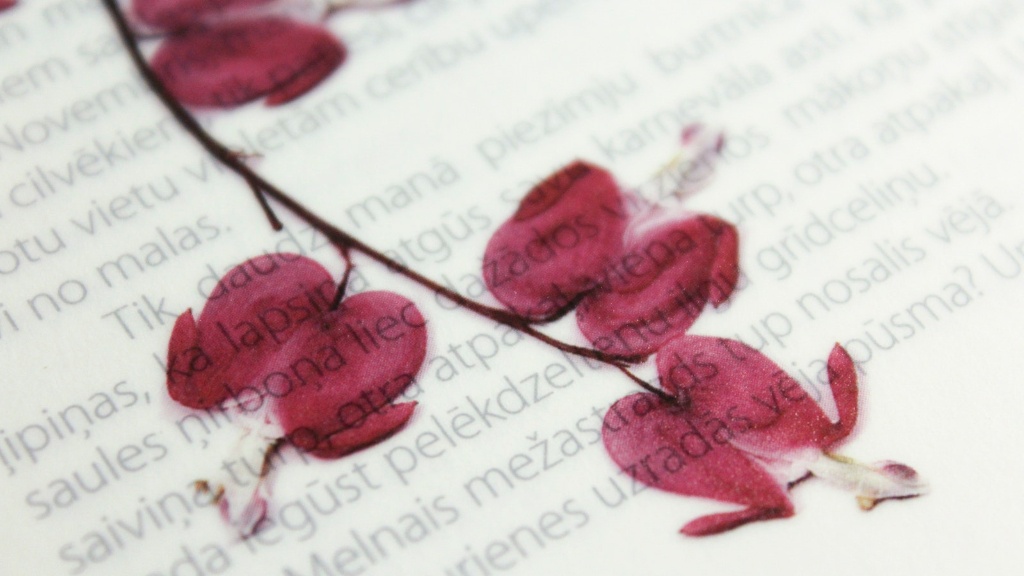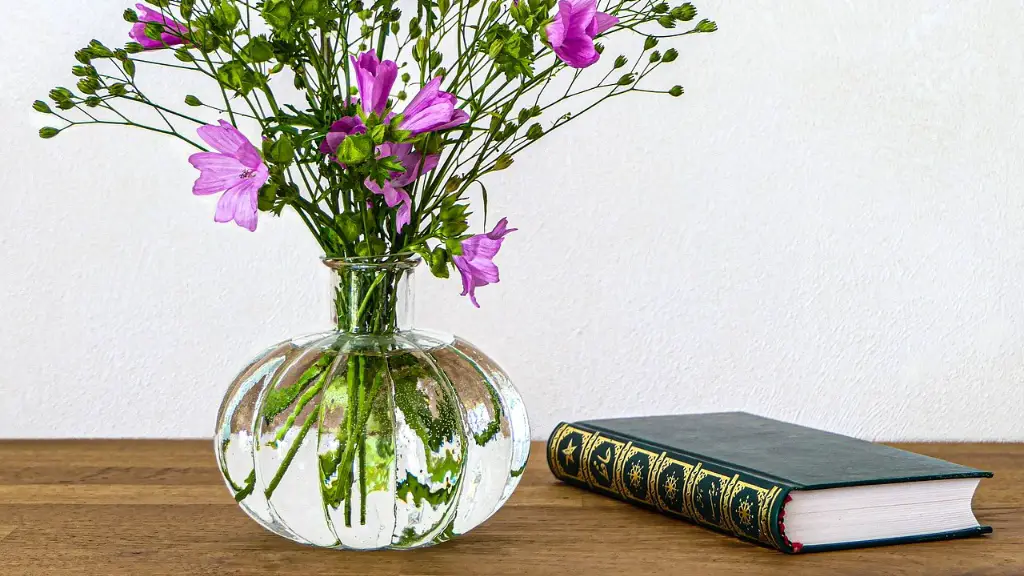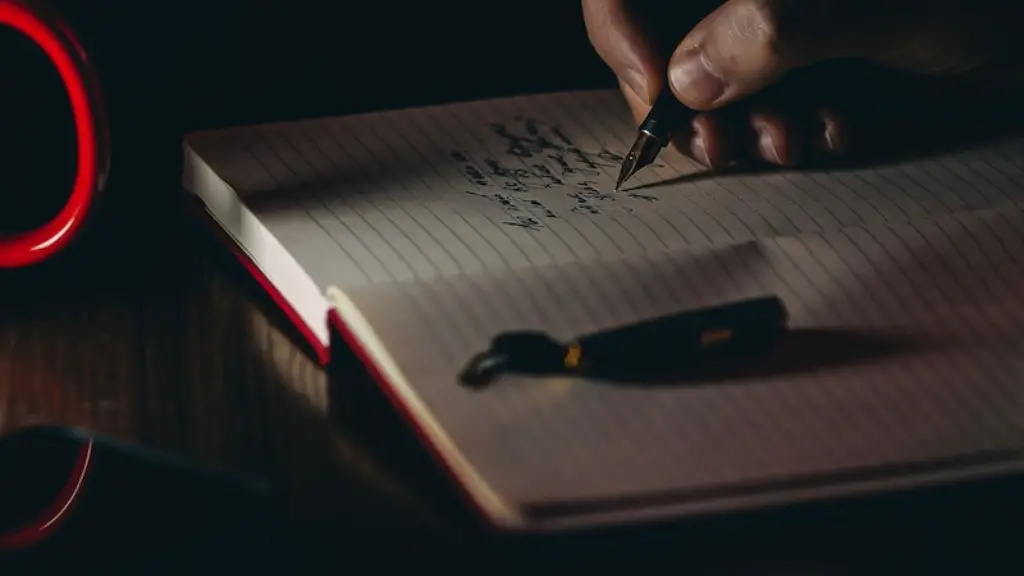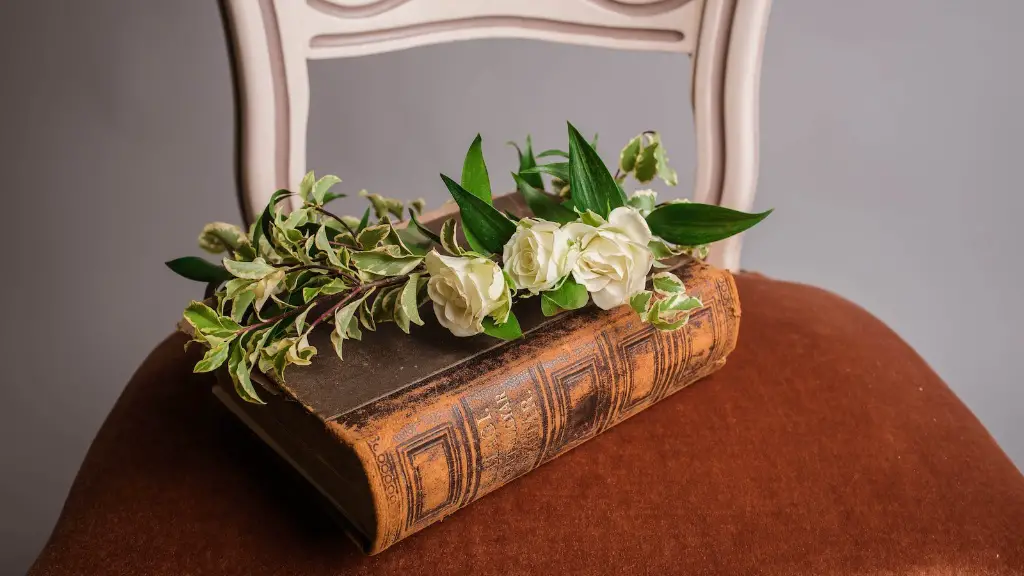What Does Plosive Mean In Poetry?
Introduction to Plosive Poetry
Plosives, also known as stop consonants, are pronounced when airflow is completely stopped and released. The plosive sound is created when the air is abruptly stopped by the lips or tongue. In poetry, the placement of plosive sounds in primary positions or end-word positions can help to create a powerful effect.
Plosive consonants can create a tonal “bounce” or “echo” for the reader. It’s a vital tool for poets when it comes to attracting their readers’ attention. By strategically placing plosive sounds in the language of their work, poets can create a sense of tension and convey greater meaning to the listener.
The Power of Plosive
The power of plosives in poetry is that they can exhibit a type of rhetorical force. This rhetorical force is amplified as it is then artificially created by the poet, rather than an inherent rhythm found in other poetic verse like blank verse or iambic pentameter.
The plosive sounds cause the words to almost come alive within the lines of the poem and have the power to convey an implicit message to the reader. This surprise element of the text encourages the reader to pause and process the message in full. It propels the work from an officer, informative piece of writing to a piece of art.
Exploring Plosive Sound
The plosive sound has become an integral tool used by poets to emphasize their message due to its shock factor. While the phrase may not directly describe the meaning of the text, there is an underlying message that can be interpreted.
The power lies in the fact that the sound can be used to convey visual attributes too. For example, a hard plosive sound, such as (K )can clarify an aggressive action while a soft sound like (TH) can produce a comforting effect.
Writing with plosive sounds, has moved away from the romanticised language of the 19th century and closer to the modern, naturalistic writing of the 20th century.
Key Poetic Plosives
When exploring plosive, it is also useful to note that different plosive possess different poetic effects. Certain plosive sounds can impart a sense of finality and provide closure to the poem, whereas others can provide a sense of surprise or foreshadow the content which follows.
The most prominent of these include the (B, D, G, K, P, and T) sounds. Writers often utilize words that start with these particular consonants in order to create a particular sound or feeling that is intended to stick in the readers’ memory.
Plosive in Practice: Examples
One of the greatest examples of plosive sounds being used in poetry is in the oft-quoted extract from WB Yeats’ ‘The Second Coming’:
“Turning and turning in the widening gyre
The falcon cannot hear the falconer;
Things fall apart; the centre cannot hold;
Mere anarchy is loosed upon the world…”
Each of these lines starts with a hard plosive and expresses the erratic, uncertain tension of the poem in its tone. This tension between ideas is further built with each plosive line that follows.
The Role of Alliteration
Alliteration is an imitation of sound, and combines with plosive to provide an extra layer of complexity to the writing. Alliteration ties and links words together, creating a sense of continuity in thought, which draws the reader further in and makes the reading more fluid.
One effective example is a poem by Kathryn Harrison, ‘One Cent and His Dog’:
“When the night’s cold tongue tasted the asphalt, silence
Stunned the city into shape, my pocket’s silver
Coin sang his lullaby, slowly stirring the wind.”
The repetition of the (S) sound in ‘silence’, ‘stunned’, ‘silver’ and ‘slowly’ suggests the slow and steady progression of the poem, inviting the reader to rest in the lullaby of words.
The Impact of Plosive
The impact of plosives in poetry is multi-faceted and can be found throughout the works of both current and past poets alike. While many pieces of writing are based around descriptive language and subjective interpretation, plosives make their message more accessible and tangible.
The impact of plosive is further heightened when combined with other poetic devices such as alliteration and rhyme. Together, they can bring something special to a poem that mere words can’t.
Plosive Across Cultures
Plosive is not confined to one language but can be seen in different cultures and countries alike. In its traditional form, it may be observed in North Indian classical singing or in modern day literature like the Finnish epic ‘Kalevala’ where a certain sound of repeating consonants captures the listeners’ attention.
This use of sound in literature has been so successful that even something as simple as the use of plosive sounds in poetry can captivate a global audience.
Practical Application
Singers, lyricists and poets all use plosive to infuse their voice with an extra level of depth. Practically speaking, writers can use plosive to grab the reader’s attention by expressing a certain tone in the work.
By strategically placing certain plosive sounds to the beginning or end of words, poets can manipulate the tone of their work and have a greater impact on the way the reader perceives it. As such, it’s essential for anyone exploring the craft of poetry to be familiar with the plosive sound.
What Is Onomatopoeia?
Onomatopoeia is the use of words that imitate the sounds they describe. It is often seen in prose and lyrics, children’s literature and comics, among others. It helps to bring a text to life in a way that is both precise and imaginative.
When used in combination with plosive, it can help convey a feeling or embody a sound effect and so gives a better sense of the thing being described. It can capture the reader’s attention and set the tone for the piece. For example, the loud sound of an explosion is presented with the word “Bang”, or a gentle sweep of the wind with the word “Whisper”.
Plosive and Onomatopoeia
When plosive is combined with onomatopoeia, the result is a powerful effect that truly drives a poem’s message home. Writers can use this sound to express the power of their words or to give the reader a hint of reoccurring themes.
Whether it is the roar of thunder created by a single “K” or the delicate flutter of a butterfly by an “F”, plosive and onomatopoeia can produce a striking impact.
Plosive and alliterations
The use of plosive and alliteration is an effective way to draw the reader’s attention to a particular point and also to emphasize a certain sound. When vocalized together, they create a unique rhythm that’s strong and memorable, which helps to transport the reader to the intended location of the poem.
Plosive and alliteration can add a layer of dynamism that can be explored in numerous ways, from the playful and fun to the gut-wrenching and dark.
Conclusion
The plosive sound has been an integral and ever-evolving portion of poetry for centuries. Poets draw upon their knowledge and experience of the world to create a multi-dimensional plosive and onomatopoeia that is both personal and captivating.
Combined with other poetic techniques such as alliteration, plosive can be used to create powerful visuals for the reader and add a level of potency to the poem.



